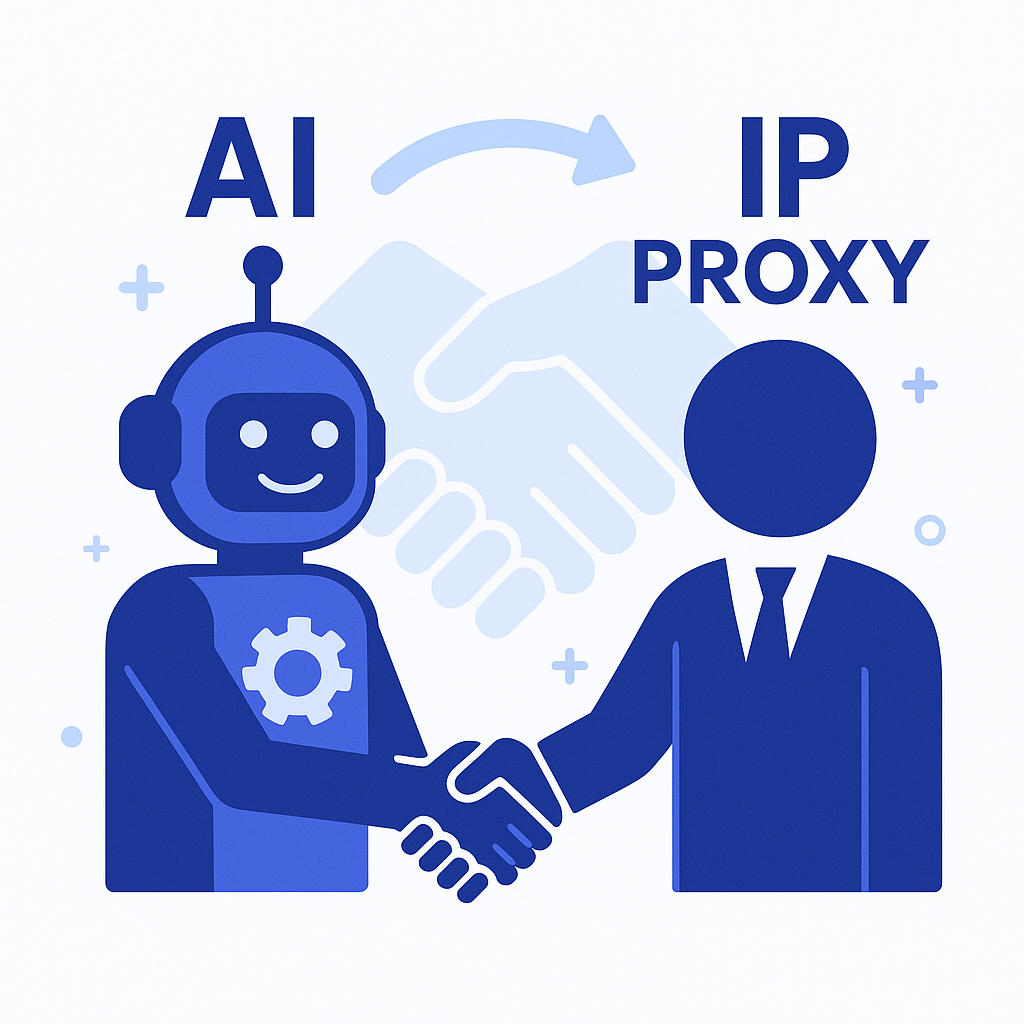Deploying an AI Agent in Under 10 Days: A Practical Guide

Strong 8k brings an ultra-HD IPTV experience to your living room and your pocket.
Artificial Intelligence (AI) is no longer a futuristic concept—it’s a business essential. From improving customer experiences to automating internal processes, AI agents are transforming how companies operate. But the question that still haunts many decision-makers is: Can we deploy an AI agent quickly without months of development or costly delays?
The answer is a resounding yes.
With modern platforms and solutions offering custom AI agents, enterprises can now go from concept to live deployment in under 10 days. In this practical guide, we’ll walk you through the critical steps, tools, and strategies that make it possible to deploy AI agents swiftly—while ensuring quality, performance, and ROI.
Why Deploy AI Agents Quickly?
Time is a critical factor in today’s digital economy. A delayed AI deployment can cost businesses missed opportunities, slower growth, and higher operational costs.
Fast deployment offers:
- Faster ROI – Reduce time-to-value by going live quickly.
- Immediate automation – Start reducing manual workloads instantly.
- Quick experimentation – Test, iterate, and improve your AI use cases fast.
- Competitive edge – Stay ahead of competitors still caught in long deployment cycles.
Let’s now explore how to achieve this rapid deployment while maintaining strategic alignment.
Also Read: 10 Smart Use Cases for AI Agents in SaaS Businesses
Step 1: Start with Consultation and Strategy
Before you build or implement anything, begin with expert-led consultation and strategy sessions. This ensures that your AI initiative aligns with business goals, existing workflows, and customer expectations.
Key Strategy Elements:
- Identify Use Cases: Start with high-impact, automatable functions like support, lead qualification, or internal ticketing.
- Define Success Metrics: What does success look like—reduced support tickets? Increased sales conversions? Set measurable KPIs.
- Assess Infrastructure Readiness: Understand your current tools, data sources, and integration points for seamless AI adoption.
Working with a strategic AI consulting partner can help you clarify scope, choose the right tools, and eliminate delays from poor planning.
Step 2: Choose a Platform that Offers Custom AI Agents
Not all AI agents are created equal. Off-the-shelf chatbots may offer fast deployment but lack flexibility and scalability. What you need are custom AI agents tailored to your unique workflows, data systems, and industry requirements.
Why Custom AI Agents?
- Personalization: Reflect your brand voice, domain knowledge, and customer needs.
- Integration-ready: Seamlessly connect with internal tools like CRMs, ERPs, or helpdesk software.
- Scalable: Easily evolve with your business needs over time.
Modern AI platforms like Agentra.io, Kore.ai, and Cognigy specialize in delivering enterprise-grade custom AI agents that can be deployed in days rather than months.
Also Read: How to Launch AI Agents Without a Tech Team
Step 3: Prepare for Enterprise Integration
No AI agent exists in a vacuum. To be truly effective, it must integrate with your enterprise systems—from customer databases and ticketing systems to calendars, Slack, and more.
Key Areas to Integrate:
- CRM (e.g., Salesforce, HubSpot): For lead management, support history, and customer data access.
- Automated Ticketing System: For support AI agents to raise, route, and resolve tickets autonomously.
- Communication Tools (e.g., Teams, Zoom, WhatsApp): For seamless omnichannel support and engagement.
- Analytics and Dashboards: To monitor agent performance and continuously improve.
Modern platforms offer plug-and-play APIs and low-code/no-code integration options, making this step smoother and faster.
What Happens in This Phase:
- Conversational Flow Design: Mapping out user intents, questions, and decision trees.
- Data Training: Feeding the AI with your existing FAQs, documents, product info, or support history.
- Role Assignment: Is your agent answering questions? Qualifying leads? Handling ticket resolution?
For instance, if you’re deploying an automated ticketing system, the AI agent should:
- Understand customer issues using NLP (Natural Language Processing).
- Create tickets in your helpdesk software.
- Assign them to the correct department or person.
- Send status updates to customers automatically.
Thanks to prebuilt libraries and domain-specific templates, this build-and-train phase can be completed in 2–3 days.
Step 5: Testing and Feedback Loop
Before going live, thorough testing is essential. Fast deployment doesn’t mean skipping quality assurance. You’ll want to test the AI agent across different channels, user intents, and error scenarios.
Focus on:
- User Experience: Is the flow smooth and intuitive?
- Accuracy: Is the AI interpreting queries correctly?
- Edge Cases: How does it handle unclear or complex inputs?
Deploy a pilot version for internal users or a small segment of your audience. Use this phase to gather feedback, refine conversation flows, and improve accuracy.
Also Read: Agentra vs Hiring a Sales Rep: What Saves More in Year One?
Step 6: Go Live and Manage AI Effectively
Once the testing phase is complete and performance metrics are met, it’s time to launch your AI agent.
But deployment isn’t the end—it’s the beginning of the manage AI phase.
Post-Deployment Best Practices:
- Monitor Performance: Use dashboards to track metrics like resolution time, accuracy, and user satisfaction.
- Continuous Training: Keep updating your AI agent with new data and user interactions.
- Human Handoff: Ensure smooth transitions from AI to live agents when needed.
- Update Integrations: As your tech stack evolves, ensure your AI agent evolves with it.
AI management is an ongoing task that ensures your agent remains relevant, accurate, and valuable.
Real-Life Use Case: Automated Ticketing in a SaaS Company
Let’s look at how a mid-sized SaaS company deployed an AI-powered automated ticketing system in just 8 days.
Objective:
Reduce customer support workload and improve first-response times.
Approach:
- Engaged an AI consulting partner to define goals and KPIs.
- Selected a platform with pre-built support templates and API connectors for Zendesk.
- Trained the AI using historical ticket data and FAQs.
- Integrated with Slack and email for multi-channel support.
- Deployed a pilot in 3 days, gathered feedback, refined flows, and went live on day 8.
Results in First 30 Days:
- 58% tickets resolved without human involvement.
- 40% faster average response time.
- 3x improvement in customer satisfaction score (CSAT).
This is the power of rapid deployment when strategy and execution align.
Key Tools That Enable Rapid AI Agent Deployment
Here are some platforms and services making under-10-day deployment possible:
- Agentra.io – Offers pre-built agents for support, scheduling, retention, and more.
- Dialogflow CX – Google’s scalable platform for building custom conversational agents.
- Kore.ai – Enterprise-grade AI platform with automation bots and vertical-specific solutions.
- Zapier / Make – For connecting your AI agents to thousands of apps quickly.
- Twilio / WhatsApp Business API – For integrating AI agents into communication channels.
Choose tools that support customization, enterprise integration, and scalability to ensure long-term success.
Final Thoughts
Deploying an AI agent in under 10 days is no longer a pipe dream—it’s a practical reality made possible by modern platforms, pre-built logic, and focused strategy. From AI-powered lead qualification to automated ticketing systems, businesses of all sizes can now unlock the benefits of AI without long delays or bloated budgets.
The key to success lies in:
- Starting with the right consultation and strategy,
- Using custom AI agents suited to your needs,
- Ensuring seamless enterprise integration, and
- Having a plan in place to manage AI post-deployment.
Note: IndiBlogHub features both user-submitted and editorial content. We do not verify third-party contributions. Read our Disclaimer and Privacy Policyfor details.







